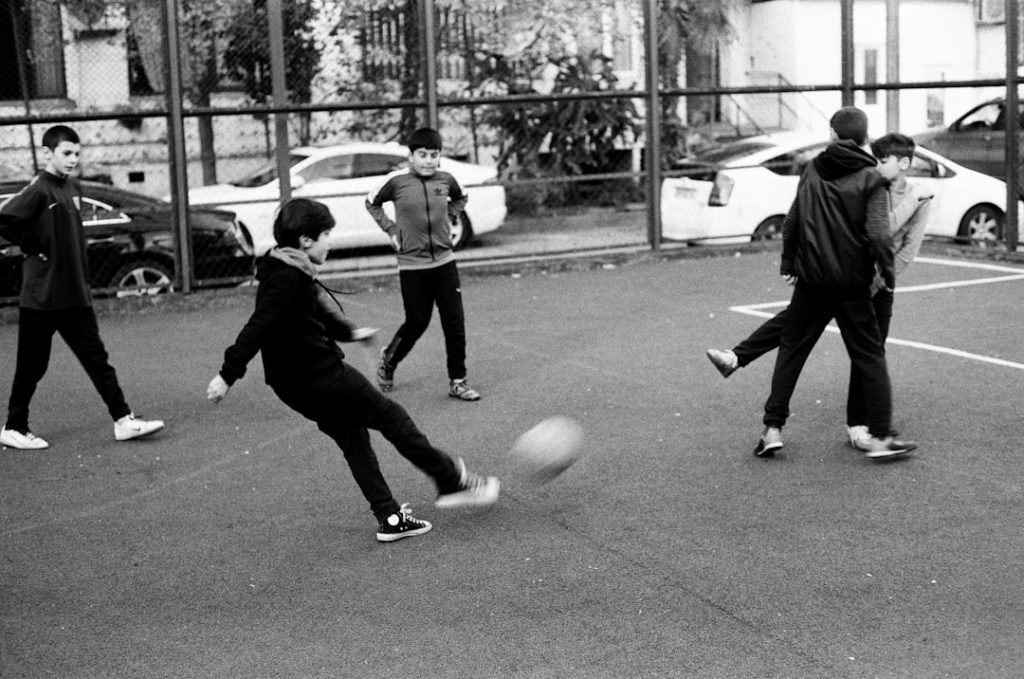Few aspects of a soccer match generate as much tension and excitement as extra time. Fans are often on the edge of their seats, biting their nails as the clock ticks beyond the regular 90 minutes. But what exactly is extra time? When is it used, how long does it last, and what are some of the common misconceptions about it? Let’s take a closer look at one of soccer’s most dramatic elements.
What Is Extra Time in Soccer?
Extra time is an additional period of play used to determine the winner of a match when the score is tied after the regular 90 minutes of play. It is primarily used in knockout-stage matches of tournaments like the FIFA World Cup, UEFA Champions League, and national cup competitions.
Unlike added time (or stoppage time), which is included at the end of each half for time lost due to injuries or other delays, extra time is a separate extension of the game specifically intended to produce a winner.

How Long Does Extra Time Last?
Extra time consists of two 15-minute halves, making a total of 30 minutes of additional playing time. These two halves are played in full regardless of any goals scored — there is no sudden-death or “golden goal” rule currently in effect in major competitions.
Here’s a breakdown of the extra time format:
- 1st Half of Extra Time: 15 minutes
- Brief Interval: A short break (usually about 1 minute), not a full halftime
- 2nd Half of Extra Time: Another 15 minutes
If the game remains tied after these 30 minutes, then the match usually proceeds to a penalty shootout to determine the winner.
When Is Extra Time Used?
Extra time is only used in matches that require a clear winner. In league play, where a draw is an acceptable result, extra time is not part of the format. However, in tournament-style competitions where teams must advance to the next round, extra time becomes necessary if the score is tied after regular time.
Some competitions opt to go directly to penalties without extra time, particularly in earlier rounds or in youth tournaments to reduce player fatigue.

Common Misconceptions About Extra Time
There are quite a few myths surrounding extra time. Let’s clear up some of the most common ones:
- “Extra time is the same as stoppage time.”
False. Stoppage time (also called added time or injury time) is added by the referee at the end of each half to compensate for delays. Extra time is a completely separate period used when a match ends in a draw during knockout stages. - “A golden goal wins the match.”
Not anymore. FIFA abolished the golden goal (where the first team to score in extra time would automatically win) after Euro 2004. Now, both halves of extra time are played in full. - “Players get a full halftime before extra time.”
No. There’s only a quick pause (typically 1 minute) between the end of regulation and the start of extra time, and between the two halves of extra time.
Strategy and Fatigue in Extra Time
Playing 30 additional minutes can be grueling, especially for players who have already given their all during regulation time. This makes fatigue a major factor, and coaches often use this period to make tactical substitutions and shuffle formations.
In recent years, regulations have adapted. For example, many competitions now allow a fourth substitution during extra time, up from the traditional three at the end of 90 minutes. This rule change acknowledges the physical toll on players while also adding another strategic layer to the game.

Final Thoughts
Extra time brings a unique intensity to soccer, challenging players physically and mentally while pushing fans to the edge of their emotions. While it might be misunderstood at times, understanding the rules and structure behind it only deepens the appreciation for this dramatic chapter of the game.
So the next time your favorite team heads into extra time, you’ll know exactly what’s happening — and just how much can change in those critical 30 minutes.
